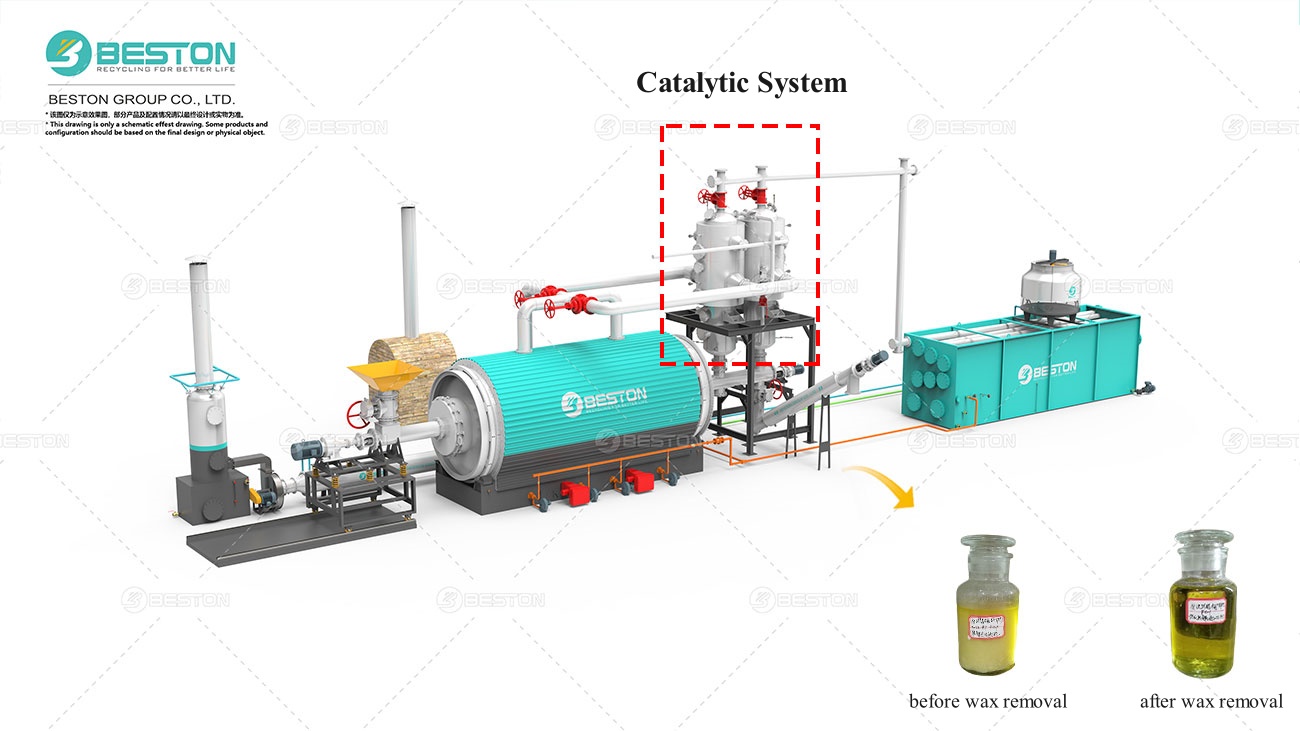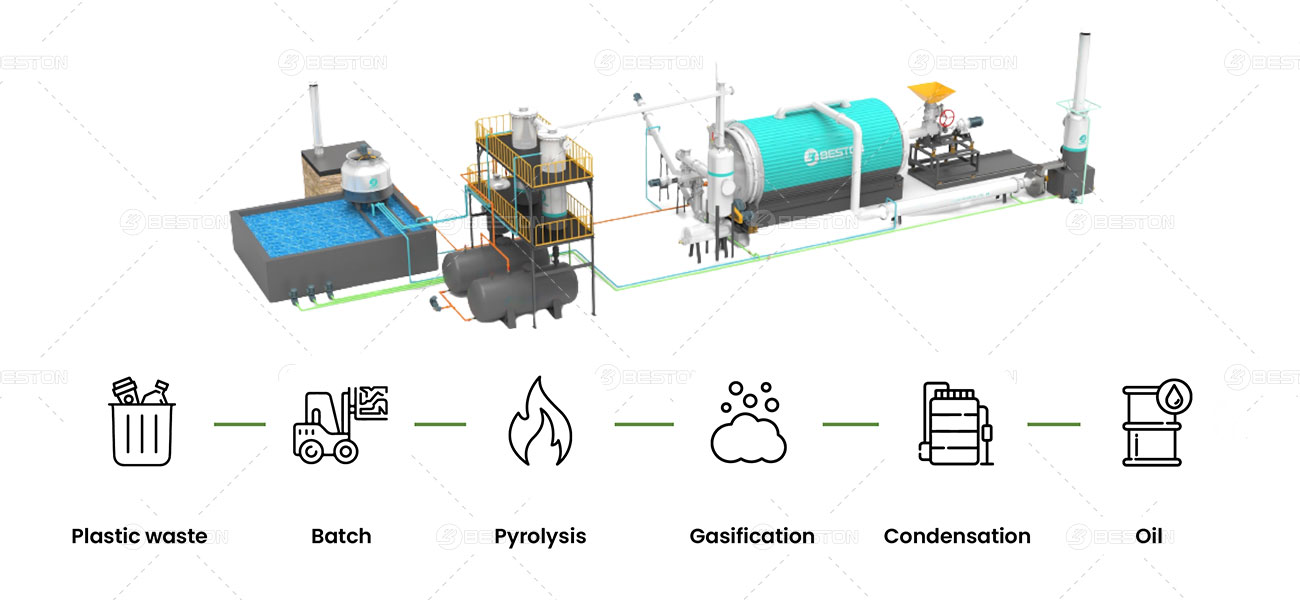As for sustainable waste management, plastic pyrolysis technologies offer a glimmer of hope amidst the global plastic crisis. As the demand for innovative solutions grows, a closer examination of the various plastic pyrolysis to oil machines becomes imperative. Let’s delve deeper into the intricacies of thermal pyrolysis and catalytic pyrolysis, exploring their differences and determining the optimal path towards effective plastic waste valorization.
Understanding Thermal Pyrolysis: Traditional Yet Time-Tested
Thermal pyrolysis, the cornerstone of plastic waste conversion, has stood the test of time as a reliable method for transforming plastic waste into valuable resources. Within the confines of a waste plastic pyrolysis machine, plastic materials undergo thermal degradation at high temperatures in the absence of oxygen. This process yields a spectrum of products, including pyrolysis oil, carbon black, and synthesis gas. Despite its simplicity, thermal pyrolysis remains a viable option for small to medium-scale operations, offering accessibility and cost-effectiveness.

Embracing Catalytic Pyrolysis: Elevating Efficiency and Product Quality
In contrast, catalytic pyrolysis introduces a catalyst into the pyrolysis reactor, revolutionizing the plastic waste conversion process. By catalyzing specific chemical reactions, this advanced method enhances product selectivity, resulting in higher yields of desirable end products, notably high-quality pyrolysis oil. Equipped with a waste plastic to fuel oil pyrolysis plant enhanced with catalytic capabilities, operators can expect increased efficiency, reduced energy consumption, and superior product quality. While initial investment costs may be higher, the long-term benefits of catalytic pyrolysis outweigh the upfront expenses, particularly for large-scale industrial applications.
Comparing the Titans: Thermal vs. Catalytic Pyrolysis
When pitting thermal pyrolysis against catalytic pyrolysis, several factors come into play. The thermal plastic pyrolysis process, although simpler and more accessible, requires higher operating temperatures and longer residence times, leading to increased energy consumption and processing costs. Conversely, catalytic pyrolysis boasts higher conversion efficiencies, lower operating temperatures, and superior product quality, making it an attractive option for those prioritizing efficiency and product value. Furthermore, the flexibility of catalytic pyrolysis in handling diverse feedstocks adds another layer of appeal, particularly in regions with limited waste sorting infrastructure.

Conclusion: Navigating the Path Forward
In the quest for sustainable plastic waste management, plastic pyrolysis technologies stand as beacons of hope, offering a viable pathway towards circularity and resource efficiency. Whether through traditional thermal pyrolysis or advanced catalytic pyrolysis, operators have the tools at their disposal to transform plastic waste into valuable commodities. As innovations continue to drive progress in the field, the future of plastic waste recycling looks increasingly promising. It is through strategic decision-making and investment in the right technology that we can pave the way towards a cleaner, greener tomorrow. If you have been aroused interest and are beginning to be interested in plastic pyrolysis plant cost, welcome to search Beston Group for consultation.